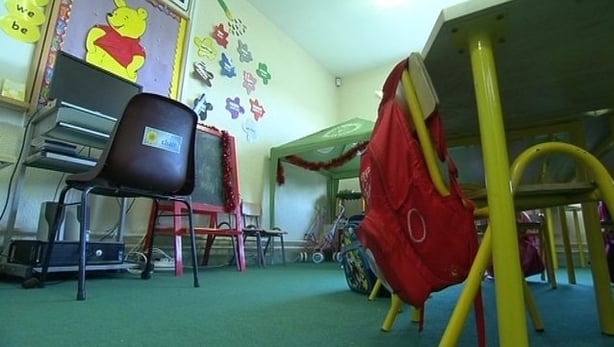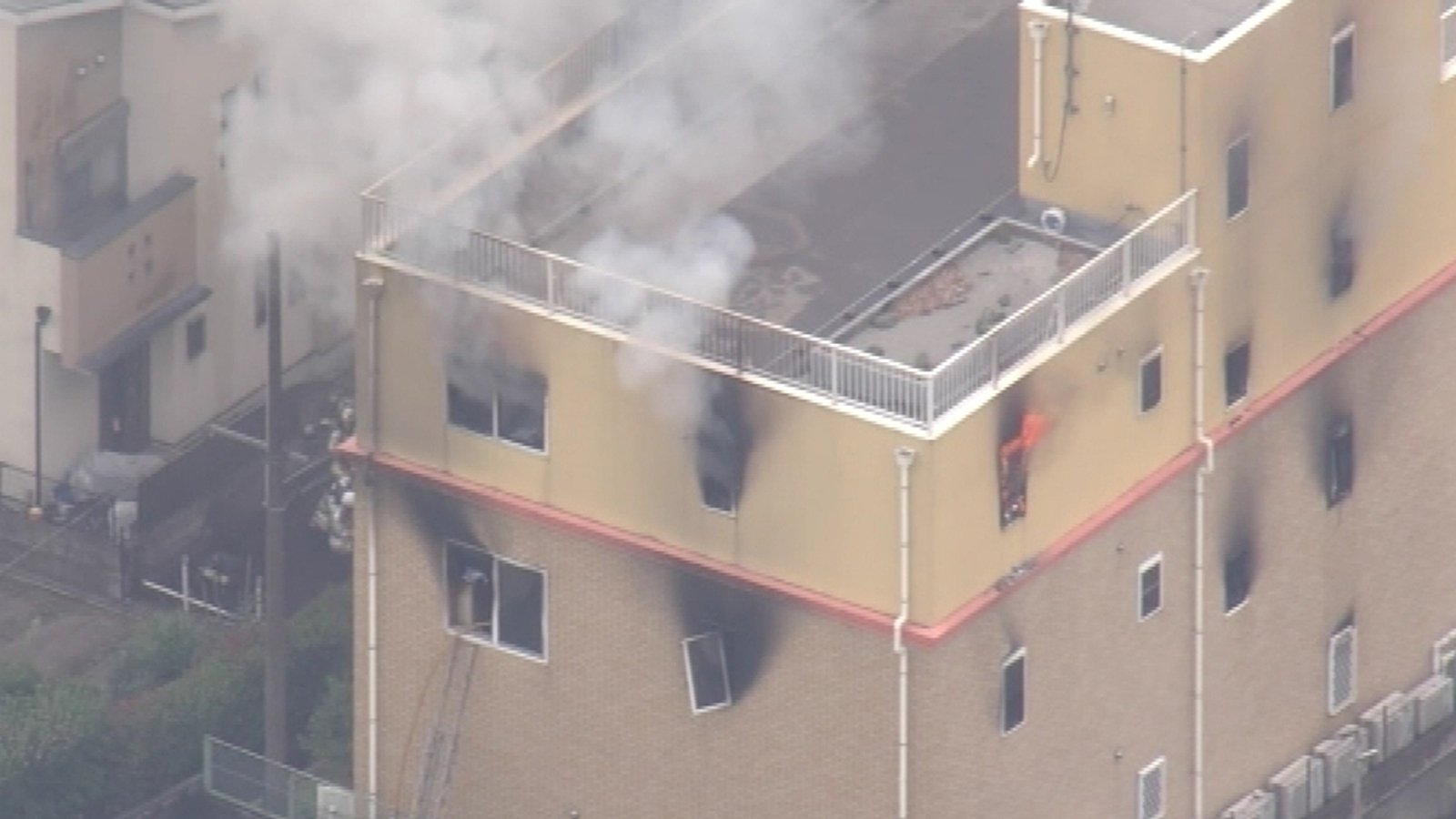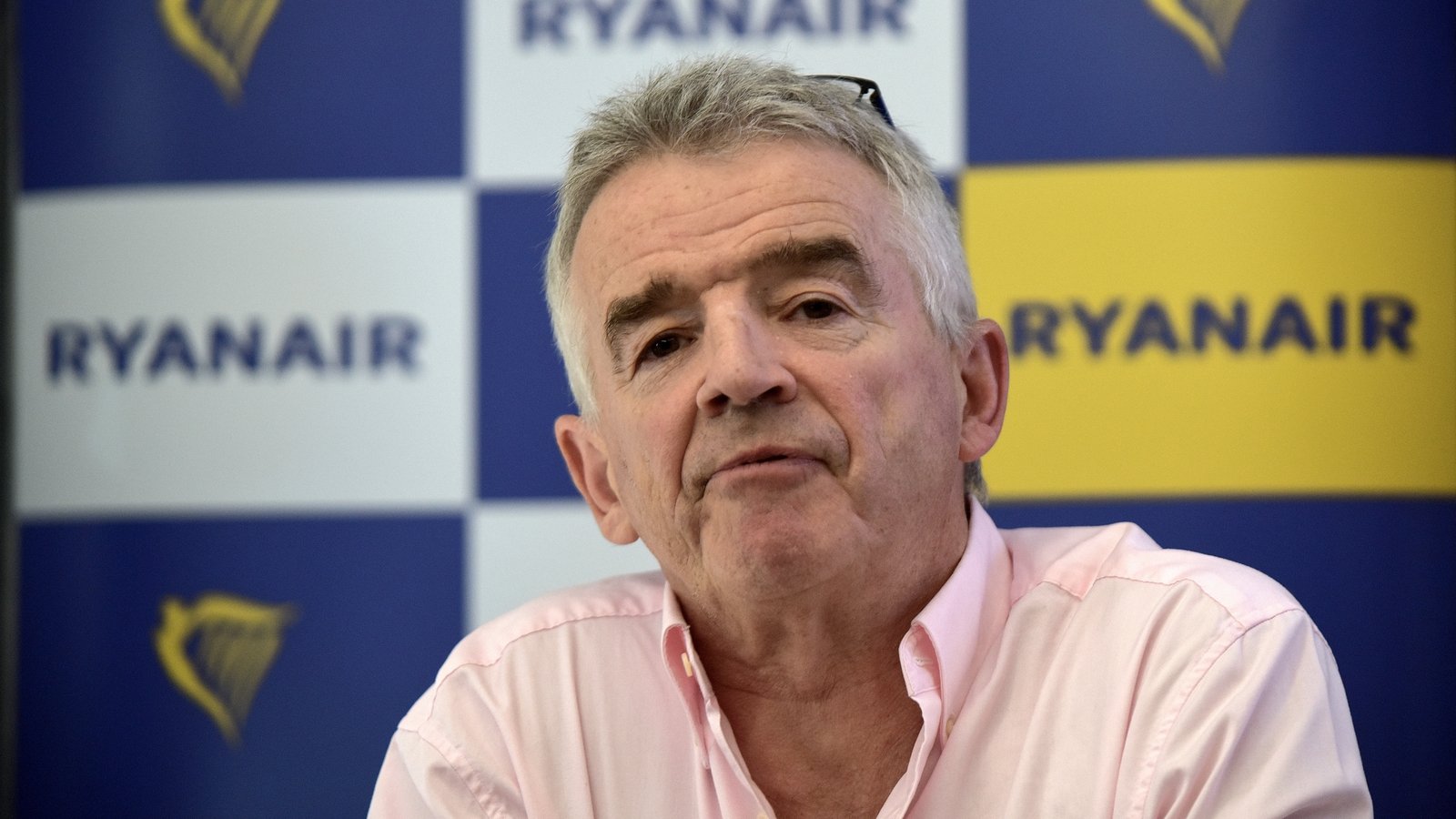What NI could learn from education in Tanzania

When Julius Nyerere became president of a newly unified and independent Tanzania in 1964, he and his government set about instituting a radical educational reform that would have far-reaching consequences.
As part of a newly established state education system, children who stayed in education beyond their equivalent of Junior Cycle were obliged to move often many hundreds of miles from home to be educated in another part of this vast country with other youngsters from different tribes.
Nyerere was a teacher by profession – among his teachers were Irish priests – and he understood the important role education plays in breaking down barriers and uniting a society.
To this day the practice he instituted endures, and strife between Tanzania’s more than 120 tribes is not a feature of political or social life. Intermarriage is common.
As the teacher trade union conferences get under way here, and primary teacher union the INTO meets in Derry for the first time in 90 years, the example of Tanzania comes to mind.
The INTO is an all-island union. In Northern Ireland it is the de facto ‘Catholic’ teachers union, at both primary and second level. Another union, the Ulster Teachers Union, is the de facto ‘Protestant’ union for primary school teachers.
That Northern Ireland has separate trade unions for teachers, depending on their religious affiliation or community background may seem crazy to outsiders, but is a reflection of just how divided society there is. The division mirrors the sectarianism that dominates almost the entire education system in Northern Ireland.
The deeply embedded community division begins at pre-school. According to a recent study almost half of all pre-schools in Northern Ireland are entirely segregated – attended only by children belonging to either the Protestant or the Catholic community.

Just 16% of pre-schools were found to have relatively low levels of segregation – a ‘relatively low’ level is one where one community is no more than twice the size of the other dominant one.
So, you can be born into a family in one community and then attend pre-school, entirely surrounded by others from that same community, but it is in the primary school system that religious/community segregation really comes into its own. 93% of Northern Irish primary school children attend a school that is Catholic or Protestant – known variously as ‘Maintained’ or ‘Controlled’ schools.
Despite a commitment made a quarter of a century ago in the Good Friday Agreement, to encourage and facilitate the development of integrated education, more than 25 years on the landscape has hardly changed at all.
Today just 7% of children are likely to be sharing a classroom or schoolyard with children from the ‘other’ community.
The picture is not much better at second-level. And if you want to train to become a primary school teacher the division reaches on into third level too. You can go to the Catholic St Mary’s teacher training college, along with others with a Catholic/nationalist background, or to Stranmillis college which is mainly attended by people from the protestant/unionist communities.
A study carried out by University of Ulster’s Unesco Centre concluded that “many teachers have passed through every stage of education without having ever had any meaningful experience of schooling alongside a person with a different community identity”.
What hope is there for reconciliation when from their earliest years children are educated separately, possibly never to encounter even a teacher from outside their own community, and when many of their teachers too have themselves never stepped outside their original communities either, educationally or professionally?
Northern Ireland is tiny, Tanzania is vast, yet there they managed a tremendous feat, and it has borne fruit. In a place the size of Northern Ireland the job should surely be far easier.
Tanzania’s tribes are geographically based. That is why children are sent far away from their homelands to ensure they mix with others. This causes hardship. Because of the distance they must leave their families, and board. All state schools are non-denominational.
“In the same school you would have children from all of the different tribes,” anthropologist Dr Gozibert Kamugisha told RTÉ News.
“The purpose of this is to bring all the tribes together. It has helped to break down tribal divisions and it has worked very well, massively I would say.”
Dr Kamugisha is a senior lecturer in the Department of Anthropology and Sociology at the University of Dar Es Salaam. He points to Tanzania’s neighbour Kenya, which has no such system. “Kenya is having a big problem with tribalism, unlike Tanzania,” he said
Dr Kamugisha himself was educated in this system. “We just integrated so easily, so happily,” he told me on the phone from Dar Es Salaam.
“The requirement was that we should speak English but we used to teach each other words from our own different languages.”
This system is recognised in Tanzania as a key contributor to the social cohesion that the country now enjoys.
“We have a well-blended kind of society. We have a lot of intermarriages between the tribes. Often there would be an element of preference towards someone of your own tribe, but it wouldn’t be a problem for the parents if their child chose someone from a different tribe, and this comes from the education system because those children have grown up together,” Dr Kamugisha said.

But back to Northern Ireland and trade union membership there; Catholic teachers work in the Catholic primary schools, and they join the INTO. Protestant teachers work in Protestant primary schools, and they join the UTU.
87% of teachers in Catholic primary schools are members of the INTO. Just 1% belong to the UTU. In the protestant schools just 3% of staff are members of the INTO.
There is some hope; at second level, while the sectarian divide is still evident, it is less so. The Ulster University report cites “some evidence of increasing mobility of teachers between and across sectors”.
There are other UK-wide teacher unions in Northern Ireland too, mostly at second level, and all of the unions work together closely in pursuit of common goals.
Recently, teachers from all of the unions participated in a series of one day strikes in pursuit of better pay. INTO and UTU members stood together with their banners and flags outside the gates at Stormont, but it was difficult to find that variety in a search for images of school picket lines.
It is a full 90 years since the INTO congress last came to Derry. Over the next three days INTO members working in Northern Ireland, as well as the hundreds who travel from the 26 counties south of the border, will debate issues related to their terms and conditions of employment and their working lives.
They will call this city Derry but their concerns are largely the same as those other teachers who might call it Londonderry.
There is no talk of the two primary unions amalgamating, just as there is no sign of significant movement away from Northern Ireland’s segregated school system.
This is despite the fact that surveys consistently show that this is what parents want. In a 2018 poll, 69% of respondents agreed that every school in Northern Ireland should be mixed. In a 2011 study, 90% agreed “that integrated education is important for promoting a shared or better future… and for peace and reconciliation”.
Of teachers, the University of Ulster study says; “No other profession has the same potential for daily engagement with young minds.
“No other profession carries the same burden of expectation around the building of the community bridges necessary to ensure a shared, peaceful future,” it continues.
“But no other profession separates its exponents so rigorously and effectively along community/religious/ethnic lines.”
Northern Ireland could learn a thing or two from Tanzania.





